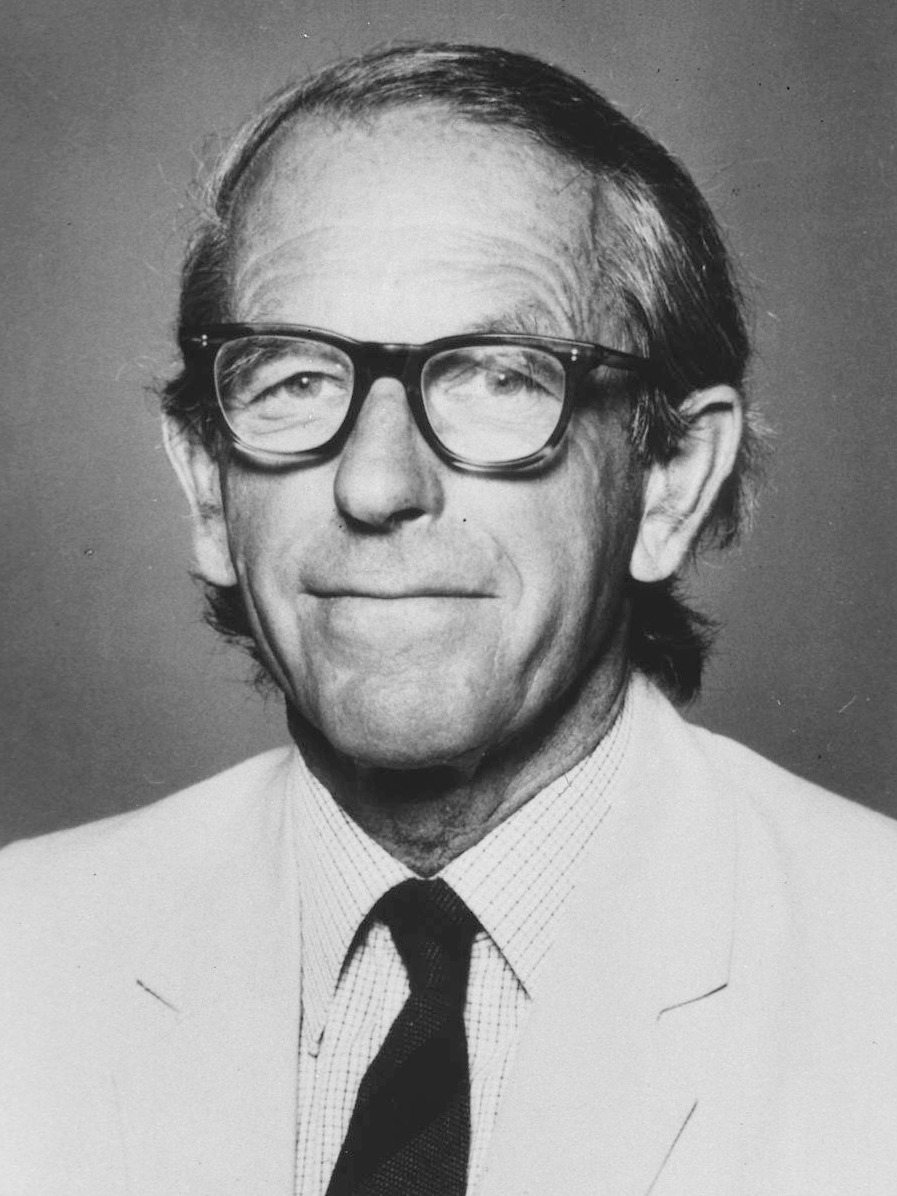Sergey Brin's women Updated 2025-07-16
SQL application Updated 2025-07-16
SQL example Updated 2025-07-16
Sequelize is used minimally, just to feed raw queries in transparently to any underlying database, and get minimally parsed results out for us, which we then assert with standard JavaScript. The queries themselves are all written by hand.
By default the examples run on SQLite. Just like the examples from sequelize example, you can set the database at runtime as:
./index.jsor./index.js l: SQLite./index.js p: PostgreSQL. You must manually create a database calledtmpand ensure that peer authentication works for it
Here we list only examples which we believe are standard SQL, and should therefore work across different SQL implementations:
- nodejs/sequelize/raw/index.js: basic hello world to demonstrate the setup and very simple functionality
- nodejs/sequelize/raw/many_to_many.js: illustrates many-to-many relations with JOIN. Contains:
- SQL transaction examples:
- nodejs/sequelize/raw/commit_error.js: stackoverflow.com/questions/27245101/why-should-we-use-rollback-in-sql-explicitly/27245234#27245234 and stackoverflow.com/questions/48277519/how-to-use-commit-and-rollback-in-a-postgresql-function/48277708#48277708 suggest that on PostgreSQL, once something fails inside a transaction, all queries in the current transaction are ignored, and
COMMITsimply does aROLLBACK. Let's check. Yup, true for Postgres, but false for SQLite, SQLite just happily runs anything it can, you really needROLLBACKfor it. - SQL isolation level example
- nodejs/sequelize/raw/commit_error.js: stackoverflow.com/questions/27245101/why-should-we-use-rollback-in-sql-explicitly/27245234#27245234 and stackoverflow.com/questions/48277519/how-to-use-commit-and-rollback-in-a-postgresql-function/48277708#48277708 suggest that on PostgreSQL, once something fails inside a transaction, all queries in the current transaction are ignored, and
- GROUP BY and SQL aggregate functions:
- nodejs/sequelize/raw/group_by_extra_column.js: let's see if it blows up or not on different DB systems,
sqlite3Node.js package allows it:- github.com/sequelize/sequelize/issues/5481#issuecomment-964387232
- dba.stackexchange.com/questions/141594/how-select-column-does-not-list-in-group-by-clause/141600 says that it was allowed in SQL:1999 when there are no ambiguities due to constraints, e.g. when grouping by unique columns
- github.com/postgres/postgres/blob/REL_13_5/src/test/regress/sql/functional_deps.sql#L27 shows that PostgreSQL wants it to work for
UNIQUE NOT NULL, but they just haven't implemented it as of 13.5, where it only works if you group byPRIMARY KEY - dba.stackexchange.com/questions/158015/why-can-i-select-all-fields-when-grouping-by-primary-key-but-not-when-grouping-b also says that
UNIQUE NOT NULLdoesn't work. Dan Lenski then points to a rationale mailing list thread.
- nodejs/sequelize/raw/group_by_max_full_row.js: here we try to get the full row of each group at which a given column reaches the max of the group
- Postgres: has
SELECT DISCINTCT ONwhich works perfectly if you only want one row in case of multiple rows attaining the max.ONis an extension to the standard unfortunately: www.postgresql.org/docs/9.3/sql-select.html#SQL-DISTINCT Docs specify that it always respectsORDER BYwhen selecting the row.- stackoverflow.com/questions/586781/postgresql-fetch-the-row-which-has-the-max-value-for-a-column asks it without the multiple matches use case
- stackoverflow.com/questions/586781/postgresql-fetch-the-rows-which-have-the-max-value-for-a-column-in-each-group/587209#587209 also present in simpler form at stackoverflow.com/questions/121387/fetch-the-rows-which-have-the-max-value-for-a-column-for-each-distinct-value-of/123481#123481 gives a very nice OUTER JOIN only solution! Incredible, very elegant.
- dba.stackexchange.com/questions/171938/get-only-rows-with-max-group-value asks specifically the case of multiple matches to the max
- stackoverflow.com/questions/586781/postgresql-fetch-the-row-which-has-the-max-value-for-a-column asks it without the multiple matches use case
- SQLite:
- stackoverflow.com/questions/48326957/row-with-max-value-per-group-sqlite
- stackoverflow.com/questions/48326957/row-with-max-value-per-group-sqlite/48328243#48328243 teaches us that in SQLite min and max are magic and guarantee that the matching row is returned
- stackoverflow.com/questions/48326957/row-with-max-value-per-group-sqlite/72996649#72996649 Ciro Santilli uses the magic of
ROW_NUMBER
- stackoverflow.com/questions/17277152/sqlite-select-distinct-of-one-column-and-get-the-others/71924314#71924314 get any full row without specifying which, we teach how to specify
- code.djangoproject.com/ticket/22696 WONTFIXed
DISTINCT ON- stackoverflow.com/questions/50846722/what-is-the-difference-between-postgres-distinct-vs-distinct-on/72997494#72997494
DISTINCTvsDISTINCT ON, somewhat related question
- stackoverflow.com/questions/50846722/what-is-the-difference-between-postgres-distinct-vs-distinct-on/72997494#72997494
- stackoverflow.com/questions/48326957/row-with-max-value-per-group-sqlite
- stackoverflow.com/questions/5803032/group-by-to-return-entire-row asks how to take the top N with distinct after order limit. I don't know how to do it in Postgres
- Postgres: has
- nodejs/sequelize/raw/most_frequent.js: illustrates a few variants of findind the mode, including across GROUP
- nodejs/sequelize/raw/group_by_max_n.js: get the top N in each group
- nodejs/sequelize/raw/group_by_extra_column.js: let's see if it blows up or not on different DB systems,
- order results in the same order as
IN: - LIMIT by a running total: TODO links
Wave theory of light Updated 2025-07-16
Frederick Sanger Updated 2025-07-16
Ah, this seems like a nice dude.
The Eighth Day of Creation has two nice paragraphs about his work. He was shy and quiet, and didn't boast about his slow and steady progress, possibly because of this he only had a junior fellowship and at some point some people wanted to kick him out of the lab somewhere between 1948 - 1952, quoted at: sandwalk.blogspot.com/2013/11/fred-sanger-1918-2013.html
French politician Updated 2025-07-16
Michael Moritz Updated 2025-07-16
React error Updated 2025-07-16
Representations of Updated 2025-07-16
RISC-V International Updated 2025-07-16
SQL keyword Updated 2025-07-16
SymPy special function Updated 2025-07-16
Arm Artisan Updated 2025-07-16
Model of the solar system Updated 2025-07-16
Planet in the Solar System Updated 2025-07-16
Proca equation Updated 2025-07-16
SARS-CoV-2 structural protein Updated 2025-07-16
Schrödinger equation solution for the hydrogen molecule Updated 2025-07-16
Can we make any ab initio predictions about it all?
A 2016 paper: aip.scitation.org/doi/abs/10.1063/1.4948309
Spin valve Updated 2025-07-16
Basic component in spintronics, used in both giant magnetoresistance
Unlisted articles are being shown, click here to show only listed articles.
